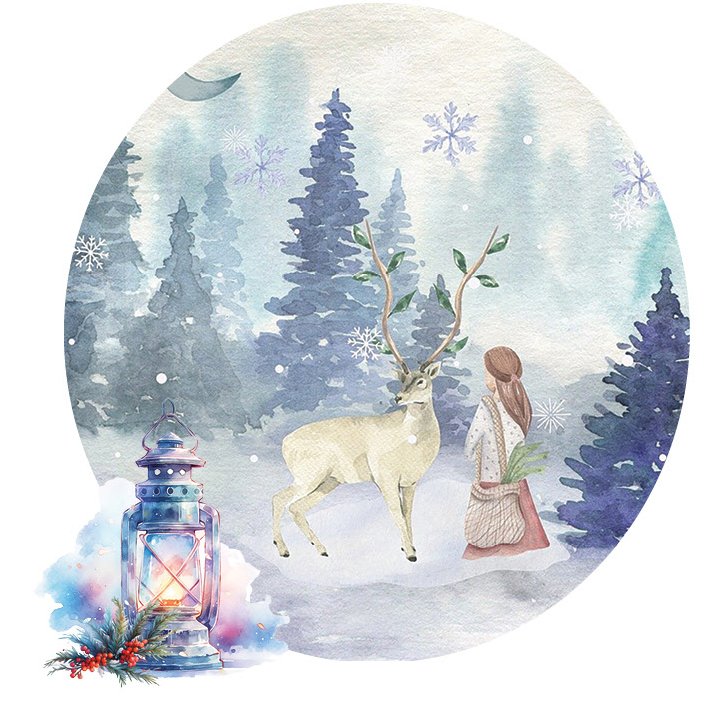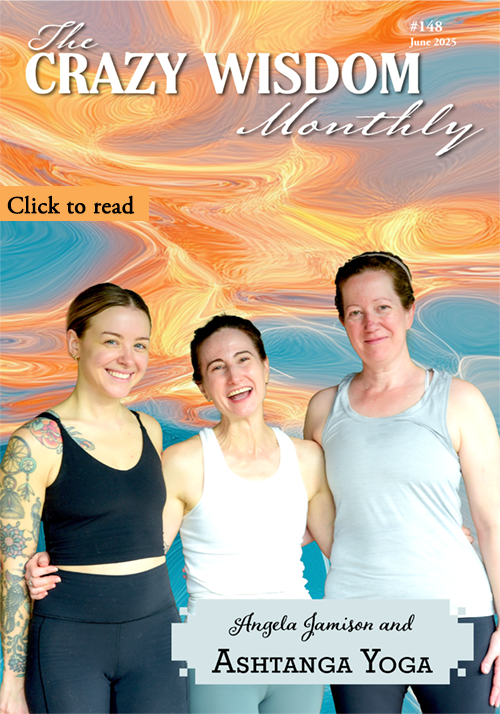By Frank Vandervort
I stood near the entrance to a boardwalk watching an egret do very little. It was nearly motionless amid a cluster of pond lilies that covered the water’s surface. Its shape—long, slender neck, bulbous body—reminded me of the glass beakers we used to mix potions in high school chemistry, it’s white plumage radiant in the afternoon sun. Between me, it, and a family of mallards, two larger birds stood on a log while a smaller one paddled about in the water. Just below me a Coors Light can and an emptied tin that once probably held peas, green beans, or fruit cocktail were imbedded in the mud. Eventually, the egret stretched out its neck and plucked some morsel from the brackish water with its yellow-orange beak. I took that as a reason to move along.
I had a stack of papers to grade on my desk and I had planned to mow the lawn. But the morning had been encased in a thick fog. Although it had burned off and the afternoon had grown sunny and warm, my mood was still as gray as the morning had been. The last thing I felt like doing was pushing papers or a mower back and forth. Besides, I rationalized, I can shuffle papers later, and the grass was still soaking wet. So it was that I snuck away for a couple hours on a beautiful Sunday afternoon a few days before the autumnal equinox for a walk in a local park. North Bay is shoehorned between Interstate 94 to its north and Eastern Michigan University’s hotel conference center and golf course to its south. Despite its small size and compromised nature—polluted, littered, wedged into a less than ideal setting—the park provides an oasis, an escape in which to seek solace, draw sustenance, enjoy time with family, and find community. Its presence helps me, and others, to build resilience against the demands of everyday lives that are over-busy and sometimes overwhelming.
The entryway to North Bay is off Huron Road, a five-lane thoroughfare that teems with traffic. Just across from the park’s entrance, a strip mall features one of those chain chicken wing joints and a Gold’s Gym. The namesake of the park is a manmade inlet of Ford Lake, itself created in the 1930s when the Huron River was dammed to provide electric power for the Ford plant (which is no longer operational) that sits just the other side of the expressway.
The boardwalk stretched for a couple hundred yards along the southern edge of the bay, just an errant golf swing from the EMU facility. The entrance of the wooden walkway is lined with sedges, cattails, marsh grasses, and non-native Phragmites that swayed in the breeze—many a good three feet above my head. The Joe Pye weed had passed its prime as the seasons changed.
A short distance along the boardwalk, on the swooping branches of a huge willow tree, sat a swan’s nest constructed of small pieces of dried wood. Empty except for a few white feathers, in the spring a large, elegant mother could be found here, her body tucked tightly into the nest’s confines. According to The Swan Sanctuary website, a swan will lay up to ten eggs with one being laid every 12 to 24 hours after the nest has been constructed. The eggs hatch in about 42 days. Swan cygnets are vulnerable to a host of predators, so the ten eggs the swan lays do not typically result in ten cygnets. Near the nest, two female wood ducks sat on the muddy bank. As I stood taking this in, an elderly couple walked toward me. The man pointed to where another wood duck floated in the mucky water and murmured something into the woman’s ear. We smile and nod in acknowledgement as they walk past.
A half-dozen mallards nibbled at the duck weed that covered a large area of the water’s surface. Their rapid-fire browsing sounded like a man slurping his soup. Many of these ducks were tiny balls of fluff back in the spring. Now they were preparing for their first migration south. They swam near and around a plastic grocery bag while a Styrofoam take out container floated in the stagnant water nearby. As I watched and listened to the ducks, I heard a sharp metallic sound. A moment later, a golf ball crashed through the foliage lining the shore. I didn’t see where it landed. Then, an electric golf cart whirred to a stop on the embankment, and a man wearing a shirt the color of lime sherbet clamored out and began searching the bushes.
Further on a turtle the size of a holiday serving platter swam with only its head above the waterline near a plastic iced tea jug with the likeness of the golfer Arnold Palmer on its label. The afternoon sun had grown hot and sweat trickled down my back. A man speed-walked past, earbuds in place, the wire leading to his phone swung wildly in front of him. A young couple pushed a baby stroller. A row of small turtles sunned themselves on a log.
Overhead, a dozen gulls screeched, as they rode on the afternoon breeze. Thousands of feet above them, a jet lifting off from Metro Airport roared, a contrail unfurling behind. Below, a handful of small carp weaved around the bottom, stirring up roiling clouds of mud. A pond lily bloomed on the water’s motionless surface, its spiky white petals reaching to the sun.
There is a lookout tower, and I climbed up. Back the way I’d come, the egret still stood motionless across the bay. Out on the lake, there were at least a dozen swans as well as ducks, geese, and cormorants. After I climbed down, I sat for a time on a bench in the shade of a small linden tree and watched, fascinated, as a cormorant repeatedly dove for its lunch. As I did, a friendly Irish Setter snuffled up to me. He gave me a good once over and took a few pets as I chatted with his human companion, then he tore off after a mallard that had been sitting in the grass nearby. The duck splashed into the water.
Back along the path, I hunkered down to look at clumps of buttercups growing at the water’s edge. The water at the shoreline was streaked with a purplish, oily substance that is surrounded by a patch of green slime. Out further in the water, a fish jumped near a discarded tire.
Along the causeway, three boys fished from a bridge. Two of the boys were maybe 11 or 12. One of them lectured a younger boy. “Like this,” he says with an air of impatience, as he deftly threaded a worm onto a hook. The smaller boy and I made eye contact. A charming if embarrassed smile spreads across his face. I can relate. I, too, have an older brother who could be a pedant at that age.
Across the bridge, a family is gathered around a picnic table. A clump of balloons floated above attached to the table by a ribbon. One balloon was emblazoned with “Happy Birthday.” At the next picnic table, another family whiles away the afternoon. The table was piled with food and delicious smells wafted from a small, portable grill. The women wore hijabs; a young man (the grill master?) sat on a lawn chair taking pulls from a hookah pipe, fingers of smoke curling around and above his head as small children chased each other and giggled. A lesbian couple, one heavily tattooed, walked a small dog. On the far side of the park, the roar of cars and trucks pounding over the bridge that spans the Huron drowned out birdsong.
Time had passed on. So, I headed along the twisting path for my car reflecting on my walk and what I’d seen. I am always awed by the amount and variety of wildlife in North Bay. Despite its limitations as an escape into nature, walking there, seeing the animals go about their daily business of survival in an ever more challenging environment, never fails to lighten my mood and lift my spirits. The park’s human vibrancy also reassures. Seeing my neighbors relaxing and enjoying themselves in this communal space gives me hope for our species amid our difficult times. And that day was no different. When I arrived back home, rejuvenated, I attended to that pile of student papers. The lawn, however, I left for another day.

































































































































































































There is something romantic and melancholy about the Earth Mother closing out the heat of summer and preparing herself for the cold winter’s embrace. We instinctively feel the shift and are compelled to engage with the natural world, seeking to bask in the cascades of warm yellows, reds, and oranges in the trees and almost methodically find our way to apple orchards, pumpkin patches, and forests to take in the beauty and bounty of the season.